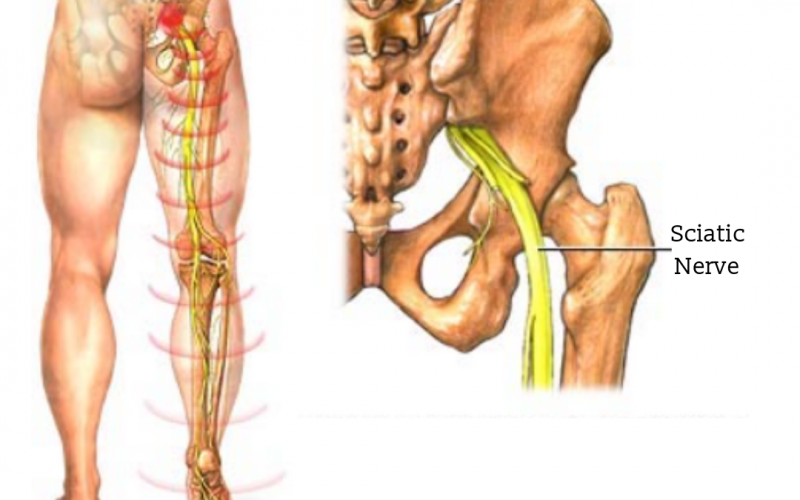Following on from the last post on; Understanding Sciatica, this post looks at recovery and treatment. There is good news, 80 – 90% of people fully recover from Sciatica with no surgery. In most cases, the nerve is not permanently damaged, and individuals improve in a 3 -12-week time frame. Conservative treatment, including hands-on and movement-based, can reduce recovery time, and self-help at home can prevent reoccurrence.
Typical sciatica treatments include:
- Medicines such as non-steroidal anti-inflammatory medicines (NSAIDs) relieve inflammation. Remember the chemical ‘soup’ mentioned last time? A course of anti-inflammatory medication can be a great help in managing the symptoms.
- Manual therapy, such as Osteopathy, can be beneficial, reduce the recovery time and helps to prevent further episodes of Sciatica.
- Epidural injections. Steroids delivered to the inflamed sciatic nerve roots have a strong anti-inflammatory effect and may be suggested in severe cases before a rehabilitation programme begins.
- It may require surgery if the sciatic nerve pain is severe and has not been relieved with manual or medical treatments.
Can Osteopathy help someone with Sciatica?
Osteopathic treatment is usually valuable and beneficial unless the nerve irritation results from lumbar spine stenosis (see the previous post). Each injury is unique and will vary from person to person. However, the most common type of Sciatica responds well with hands-on approaches, including:
- Gentle decompressive spinal mobilisation
- Releasing muscle spasms by stretching and relaxing the muscles
- Gently articulating the affected joints to gain more movement
- Rehabilitation exercises.
Rehabilitation exercises
Therapeutic exercises that incorporate strengthening, flexibility, and stretching are a central component of almost any sciatica treatment plan.
Self-help
Studies show when patients engage in a regular program of gentle strengthening and stretching exercises, they can speed up their recovery from sciatica pain and are less likely to have future episodes of Sciatica.
Strengthening exercises
Exercises can help, but it’s best to initially work with your practitioner to find ones that you can don’t ‘irritate’. A little and often approach is better than once a week.
The most effective programmes are designed to focus on the whole torso, alignment and facilitating movements that bend, twist and extend the spine. Working on strength and flexibility, glutei (buttock) and hip muscles balance and not just the back is usually a helpful approach.
Stretching exercises
Stretching is often part of a self-help home programme to ease sciatic pain. The primary focus is usually on the hamstring and buttock muscles, which can cause pain when they are tight.
As mentioned in part 1, Sciatica is not a medical emergency. However, if you experience difficulty with bowel or bladder function, decreased sensation around the genitals, or progressive leg weakness, this may be the sign of cauda equina syndrome, a medical emergency. If you have these symptoms, contact your doctor or go to A&E. Read more here: Back pain red flags.







